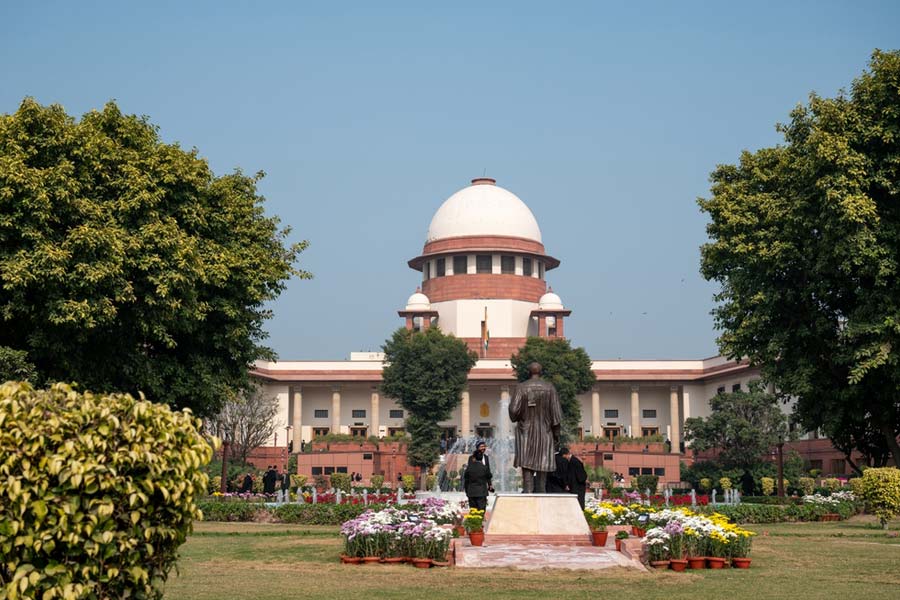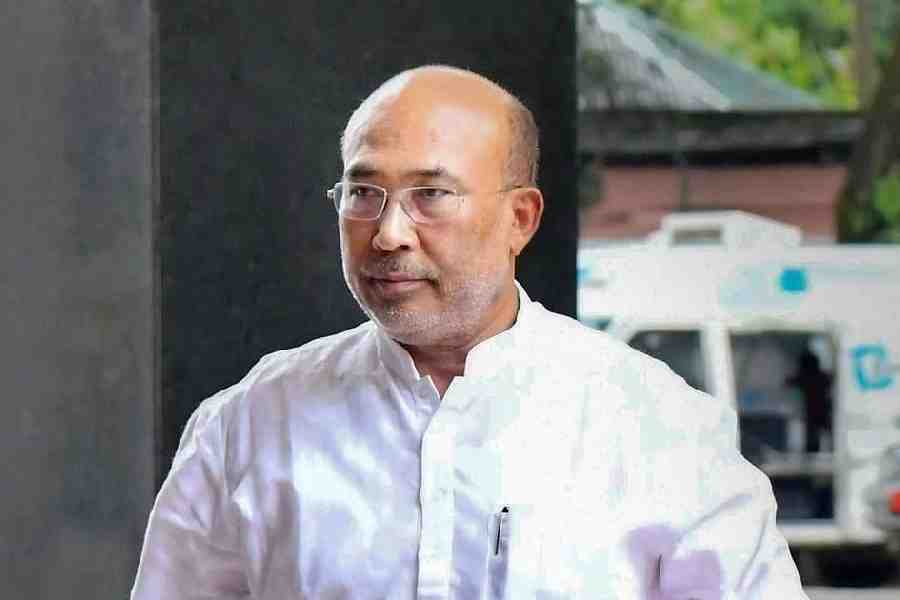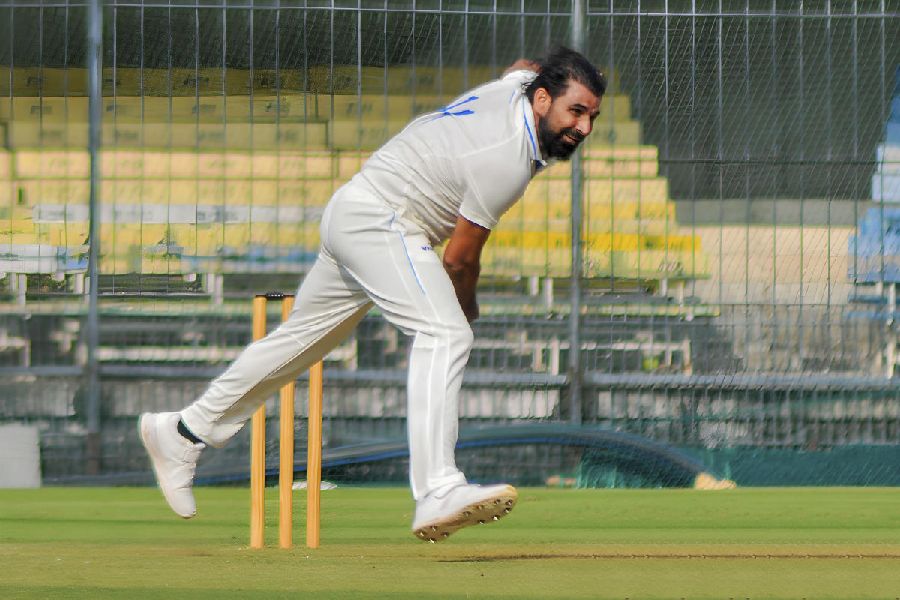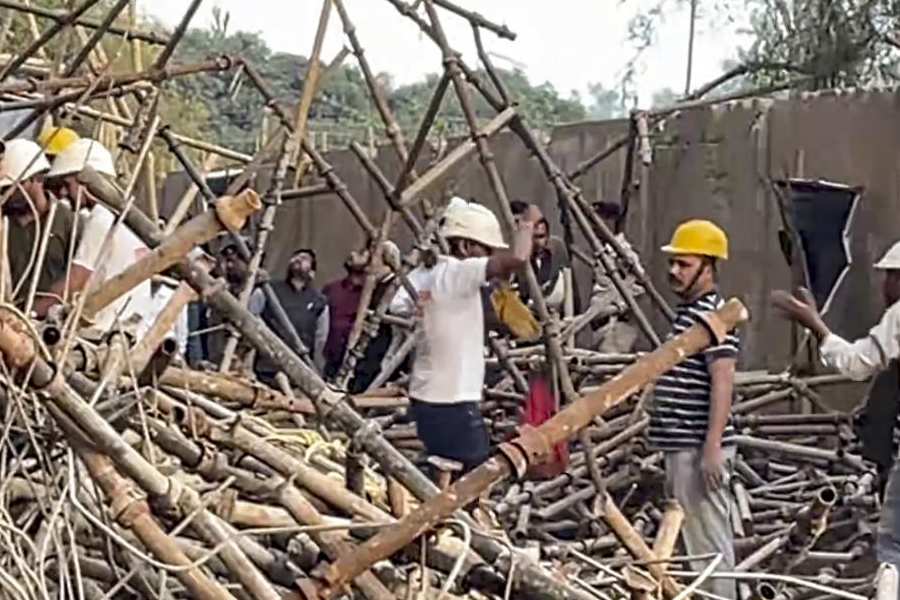Delhi's air quality was recorded in the "poor" category for the eighth consecutive day on Sunday and could turn "severe" on Diwali due to emissions from firecrackers and an increase in the share of smoke from stubble burning because of a favourable wind speed and direction.
The capital's Air Quality Index (AQI) stood at 243 at 10 am. It was 265 at 4 pm on Saturday.
Only one (Anand Vihar) of the 35 monitoring stations in the city recorded the air quality in the "very poor" category.
An AQI between zero and 50 is considered "good", 51 and 100 "satisfactory", 101 and 200 "moderate", 201 and 300 "poor", 301 and 400 "very poor", and 401 and 500 "severe".
SAFAR, a forecasting agency under the Union Ministry of Earth Sciences, said the air quality may deteriorate to "very poor" levels even if no firecrackers are burst.
In case firecrackers are burst like last year, the air quality may plunge to "severe" levels on the night of Diwali itself and continue to remain in the "red" zone for another day.
Diwali will be celebrated across the country on Monday.
The contribution of stubble burning to Delhi's PM2.5 pollution has so far remained low (up to 5 per cent) due to a slow transport-level wind speed.
"However, the transport-level wind direction and speed is likely to become very favourable from Monday afternoon. It will increase the share of stubble burning in Delhi's PM2.5 pollution to 15-18 per cent on October 25 and push the air quality into the 'severe' category," said Gufran Beig, founder project director, SAFAR.
The share of stubble burning in Delhi's PM2.5 pollution is likely to increase to 8 per cent on Diwali.
Paddy straw burning accounted for 25 per cent of Delhi's PM2.5 pollution on Diwali last year.
The share of smoke from farm fires in Delhi's pollution stood at 32 per cent in 2020 and 19 per cent in 2019.











